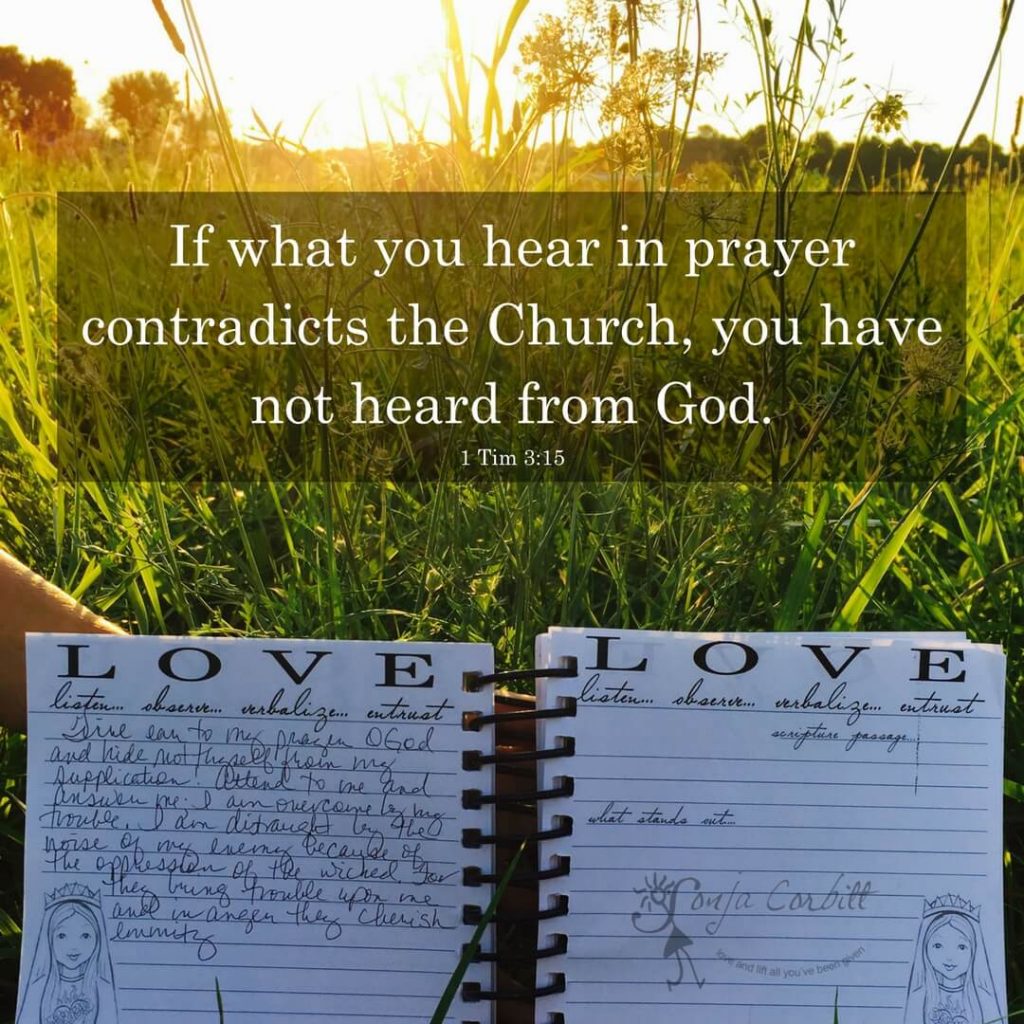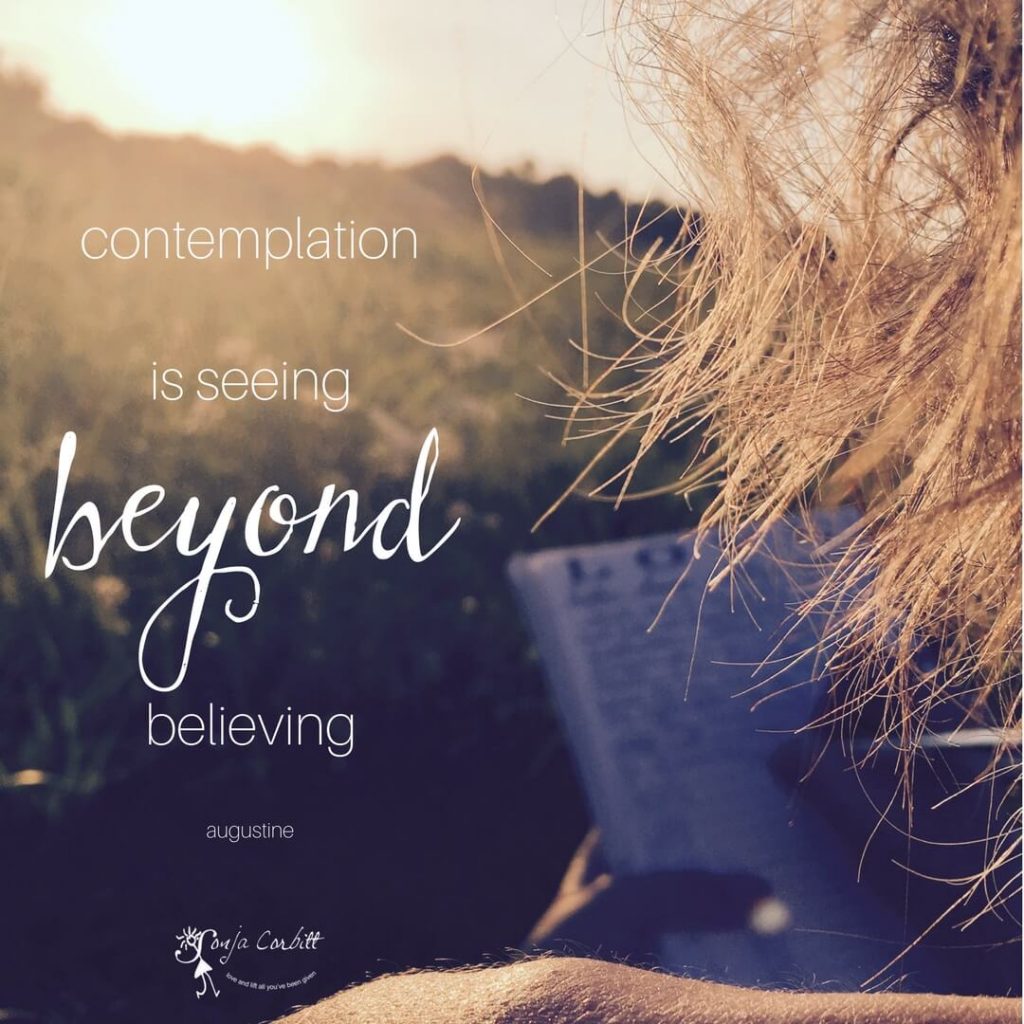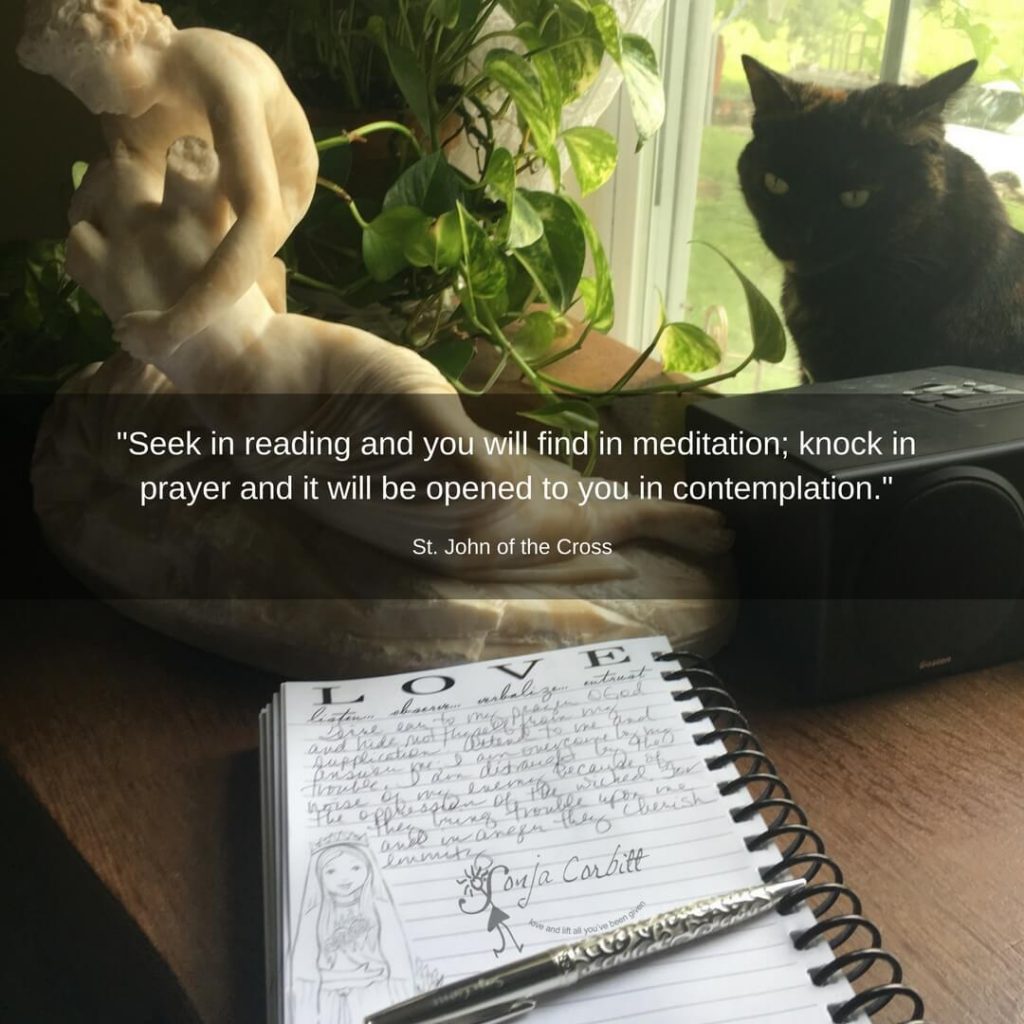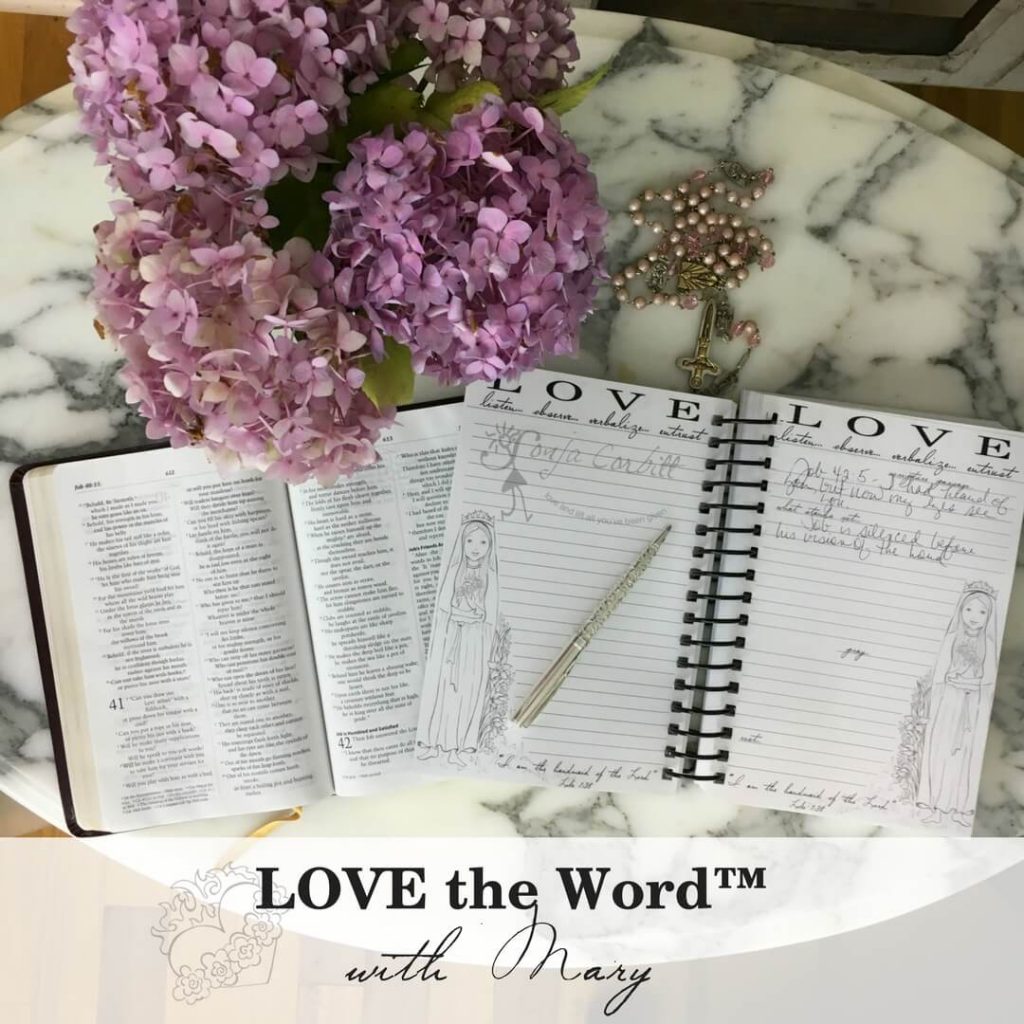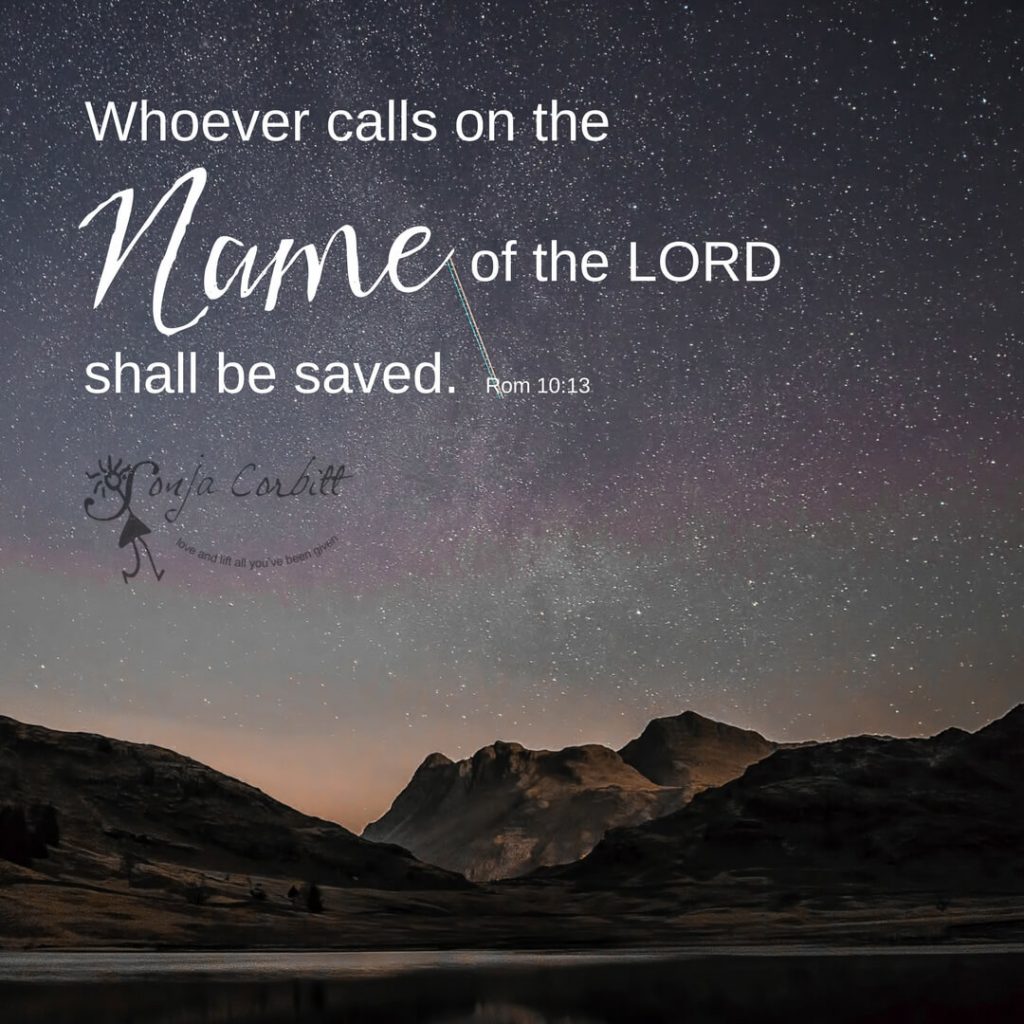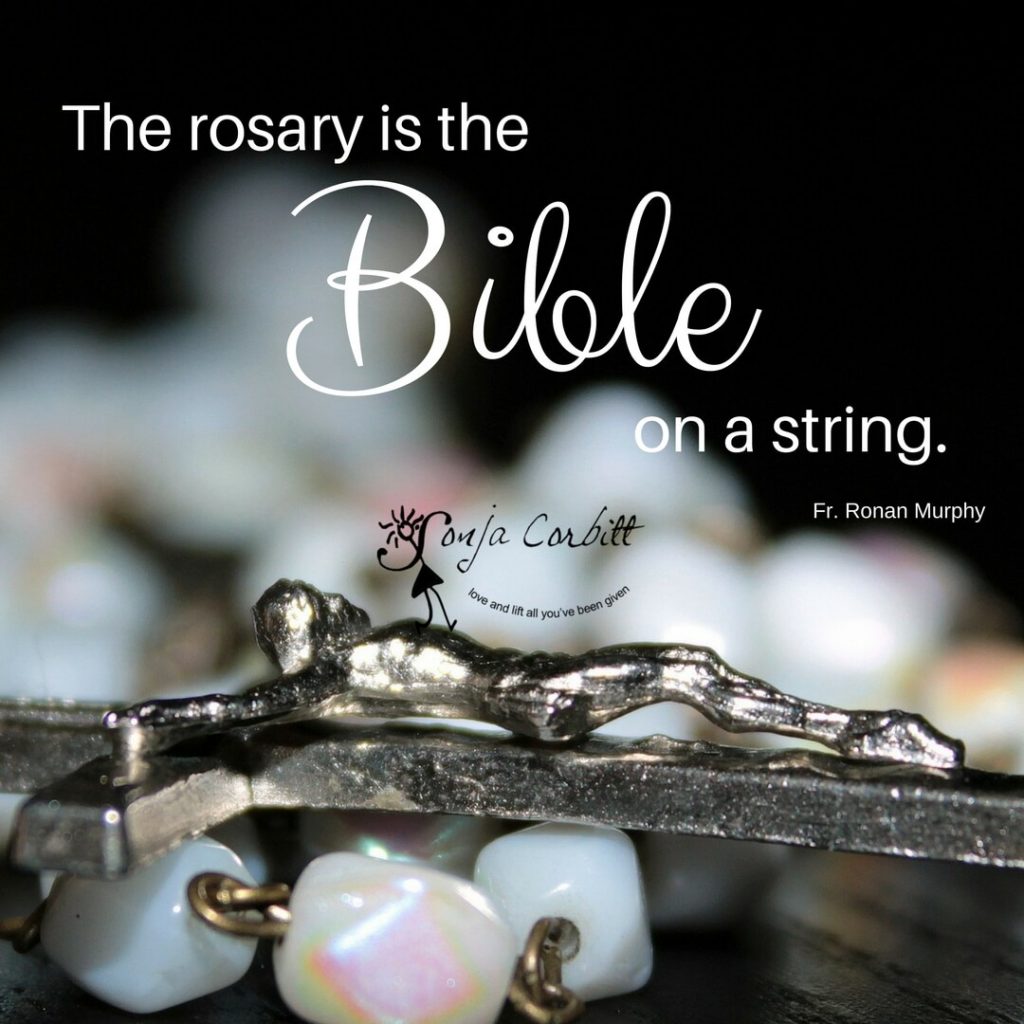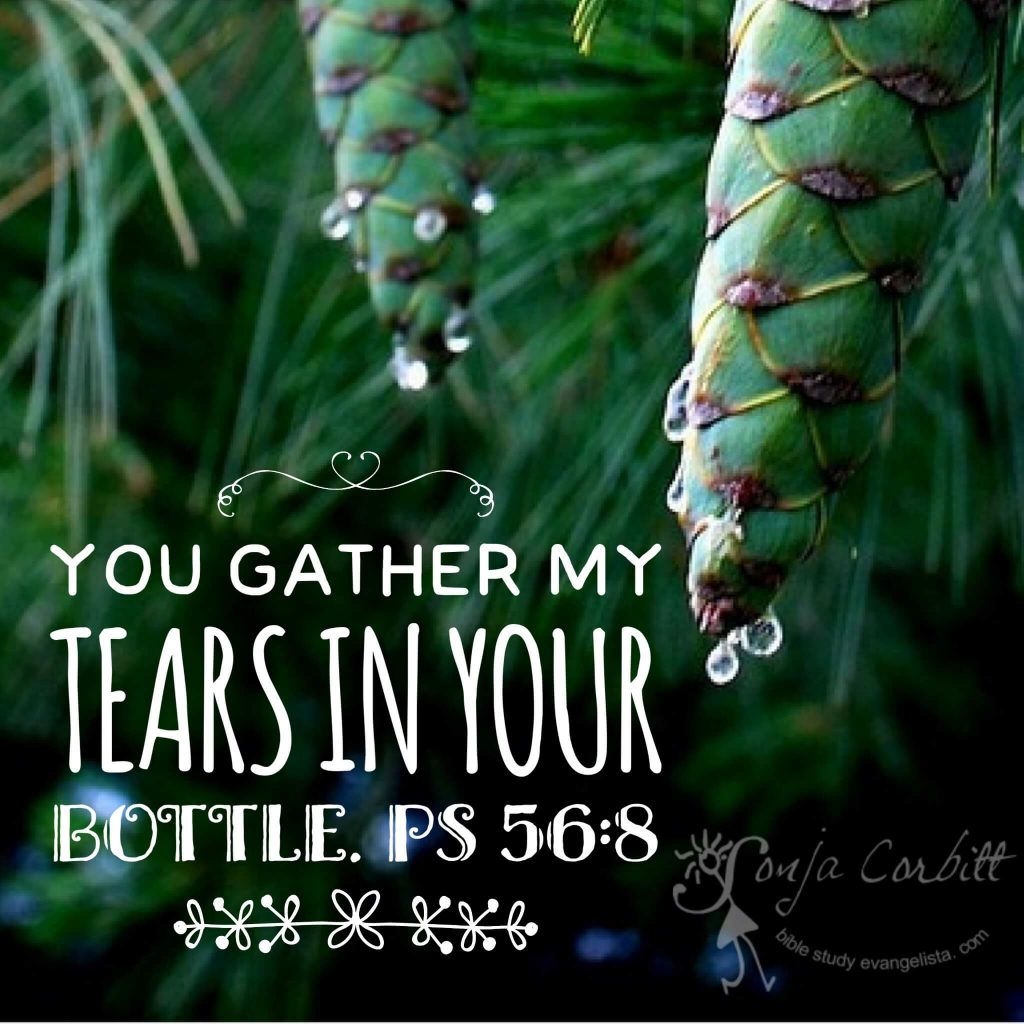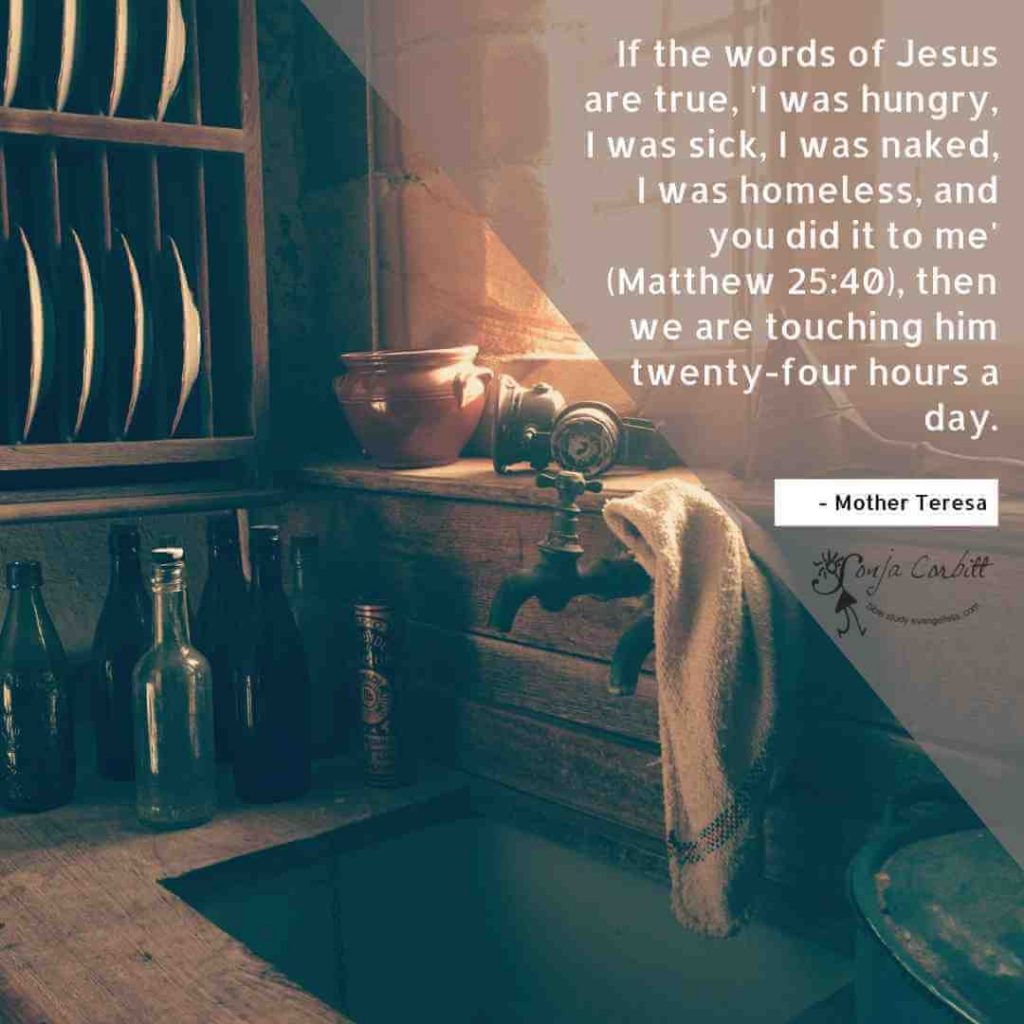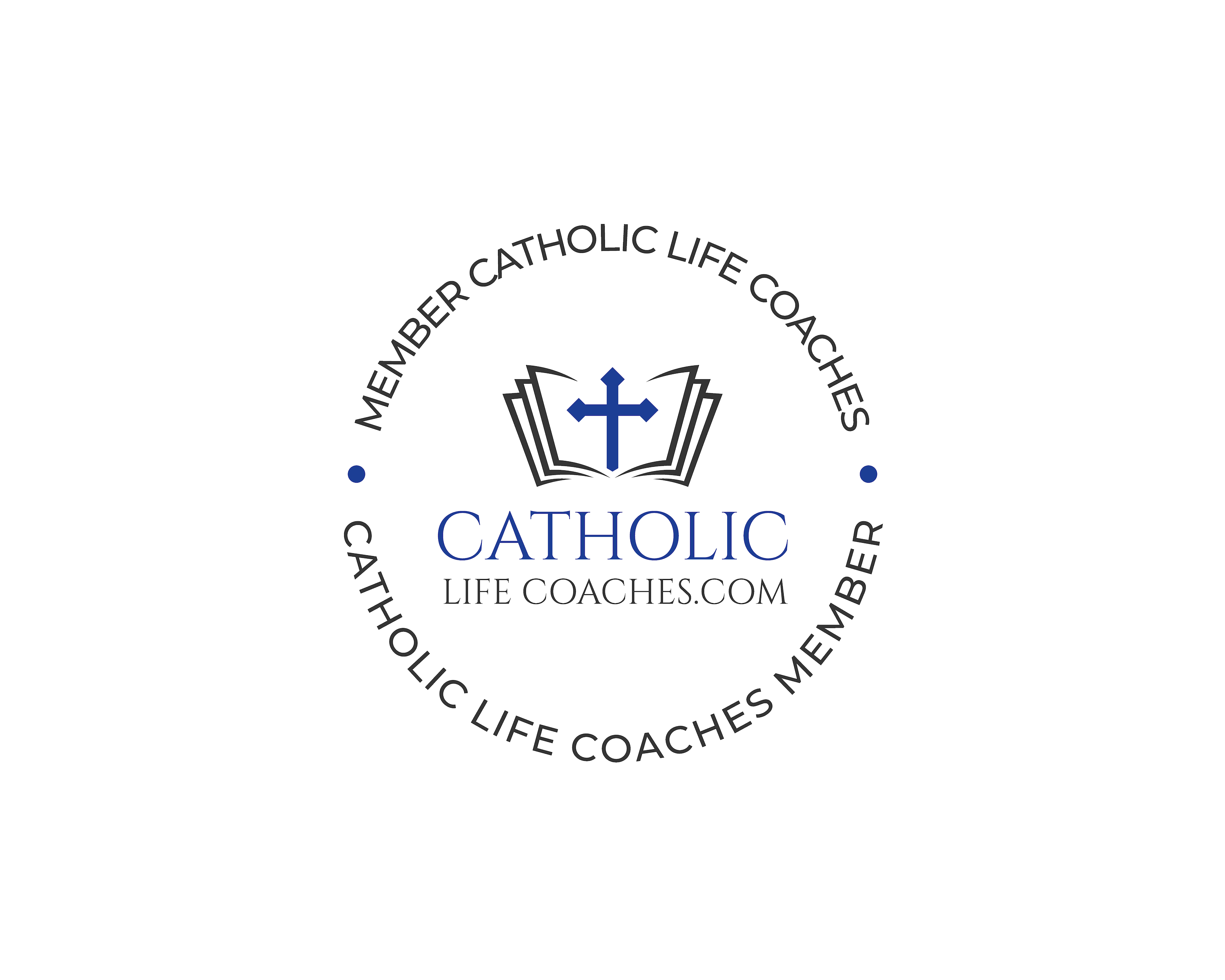04_Observe: How Do I Discern? – Premium Content
While Mary gives us the model to strive for as we LOVE the Word™, Jonah is likely a more realistic example for us to study as we are practicing, because when Jonah hears the word of God, he does the exact opposite! How does God work when we are not obedient to what we’ve heard, […]
04_Observe: How Do I Discern? – Premium Content Read More »

